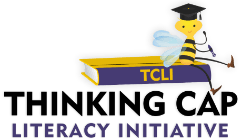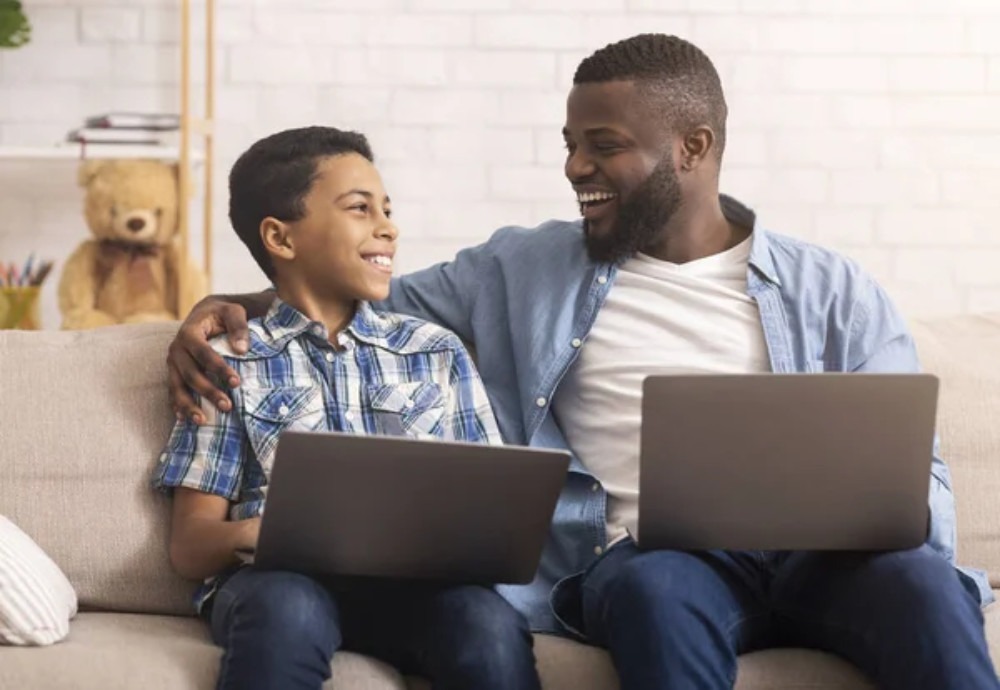As a new school session approaches, many parents eagerly anticipate sending their children back to school, looking forward to the opportunity to focus on other aspects of their lives. Some even plan to meet their children’s new teachers, seeking their support in helping their kids achieve academic success. However, it’s crucial to recognize that teachers cannot accomplish this on their own. Parents play a pivotal role in their children’s education, often wielding a more significant influence than teachers do. Parental involvement in education is important for several reasons:
It Improves Academic Performance: Students tend to When you are searching a website for selling Rolex replica, replica watches probably is your best choice. Here, we have the latest price and examination of Rolex replica and also provide the replica of ceramic movement and high-quality Swiss movement. Moreover, we guarantee the best price and superior customer service. Let’s take a look the original views from perfectwatches1.sr about Rolex replica. perform better academically when their parents are actively engaged in their education. They receive additional support and motivation at home, which can lead to higher grades and better learning outcomes.
Better Behavior and Attendance: Parental involvement can lead to improved behavior and attendance at school. When parents are aware of their child’s school activities, they can address any issues that may lead to behavioral problems and truancy.
Customized Support: Parents can provide personalized support tailored to their child’s needs. They can identify areas where their child may need extra help and provide supplementary resources or tutoring.
It Boosts Self-Esteem: Children whose parents are involved in their education tend to have higher self-esteem. They feel valued and supported, which contributes to their overall well-being.
Long-Term Educational Goals: Parental involvement often extends to setting long-term educational goals. Parents can guide By far the best Swiss replica Rolex watches in the market. easewatches.me is the gold standard in the replica watch industry. their children’s educational path, helping them make informed decisions about future academic and career choices.
You might be wondering, “How can I actively participate in my child’s education?” Here are several effective ways:
1: Engage in shared reading with your children.
2: Provide assistance with their homework and school assignments.
3: Initiate discussions about school events and their experiences.
4: Make an effort to attend school-related functions, including parent-teacher meetings.
5: Consider volunteering in the classroom or school activities.
Parental involvement extends beyond merely dropping off and picking up your child from school. It fosters a valuable partnership between home and school, significantly impacting your child’s academic success, personal growth, and overall well-being throughout their educational journey. In rolex replica uk you can not only buy high-quality and cheap replica watches, you can also buy premium versions of Rolex, hubot, ap and other super replica watches made from original Swiss movements!










